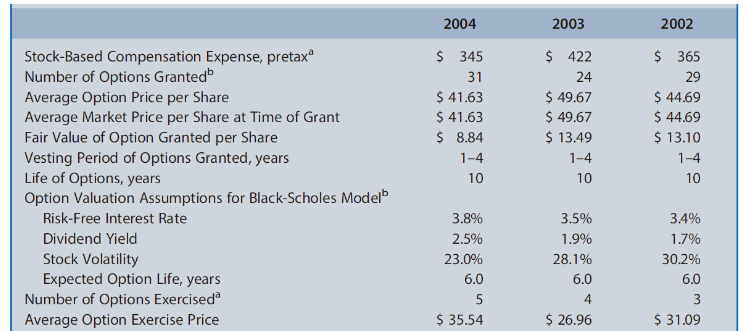Exhibit 7.17 includes a footnote excerpt from the annual report of The Coca-Cola Company for 2004. The
Question:
Exhibit 7.17 includes a footnote excerpt from the annual report of The Coca-Cola Company for 2004. The beverage company offers stock options to key employees under plans approved by stockholders.
REQUIRED
Review Exhibit 7.17 and answer the following questions.a. Coca-Cola reports both pretax and after-tax stock-based compensation in its notes to the financial statements. What is the tax savings for 2002, 2003, and 2004 that Coca-Cola
Exhibit 7.17The Coca-Cola CompanyStock Option Disclosures
Note-Stock-Based Compensation (partial footnote disclosure)Our Company currently sponsors stock option plans. Effective January 1, 2002, our Company adopted the preferable fair value recognition provisions of Statement of Financial Accounting Standards (''SFAS'') No. 123, ''Accounting for Stock-Based Compensation.'' The fair values of the stock awards are determined using a single estimated expected life. The compensation expense is recognized on a straight-line basis over the vesting period. The total stock-based compensation expense, net of related tax effects, was $254 million in 2004, $308 million in 2003, and $267 million in 2002. generates from the stock-based compensation provided to its employees?

Speculate on what income statement line item includes this tax savings as well as what income statement line item includes the stock-based compensation expense. (The income statement is not provided in this problem.)b. The average option price per share and market price per share at time of grant is equal each year ($44.69 for 2002, $49.67 for 2003, and $41.63 for 2004). Discuss why Coca-Cola structured the stock option grants this way each year.c. What are the likely reasons that the fair value of options granted per share increased from 2002 to 2003 and then decreased from 2003 to 2004?d. Coca-Cola does not report the market price of its stock at the time employees exercised options (3 million in 2002, 4 million in 2003, and 5 million in 2004), but in each year the end-of-year market price is substantially higher than the average option exercise price reported in Exhibit 7.17. Discuss why Coca-Cola is willing to sell shares of its stock to employees at a price (option exercise price) much lower than the firm could obtain for shares sold on the market (market price at time of exercise).e. Coca-Cola employs the Black-Scholes valuation model for valuing stock option grants. Speculate on the directional effects of the key assumptions made in applying the Black Scholes options pricing model. That is, which assumptions will result in a higher fair value for stock options and which will result in a lower fair value? Why?
Step by Step Answer:

Financial Reporting Financial Statement Analysis And Valuation A Strategic Perspective
ISBN: 1711
9th Edition
Authors: James M. Wahlen, Stephen P. Baginski, Mark Bradshaw





